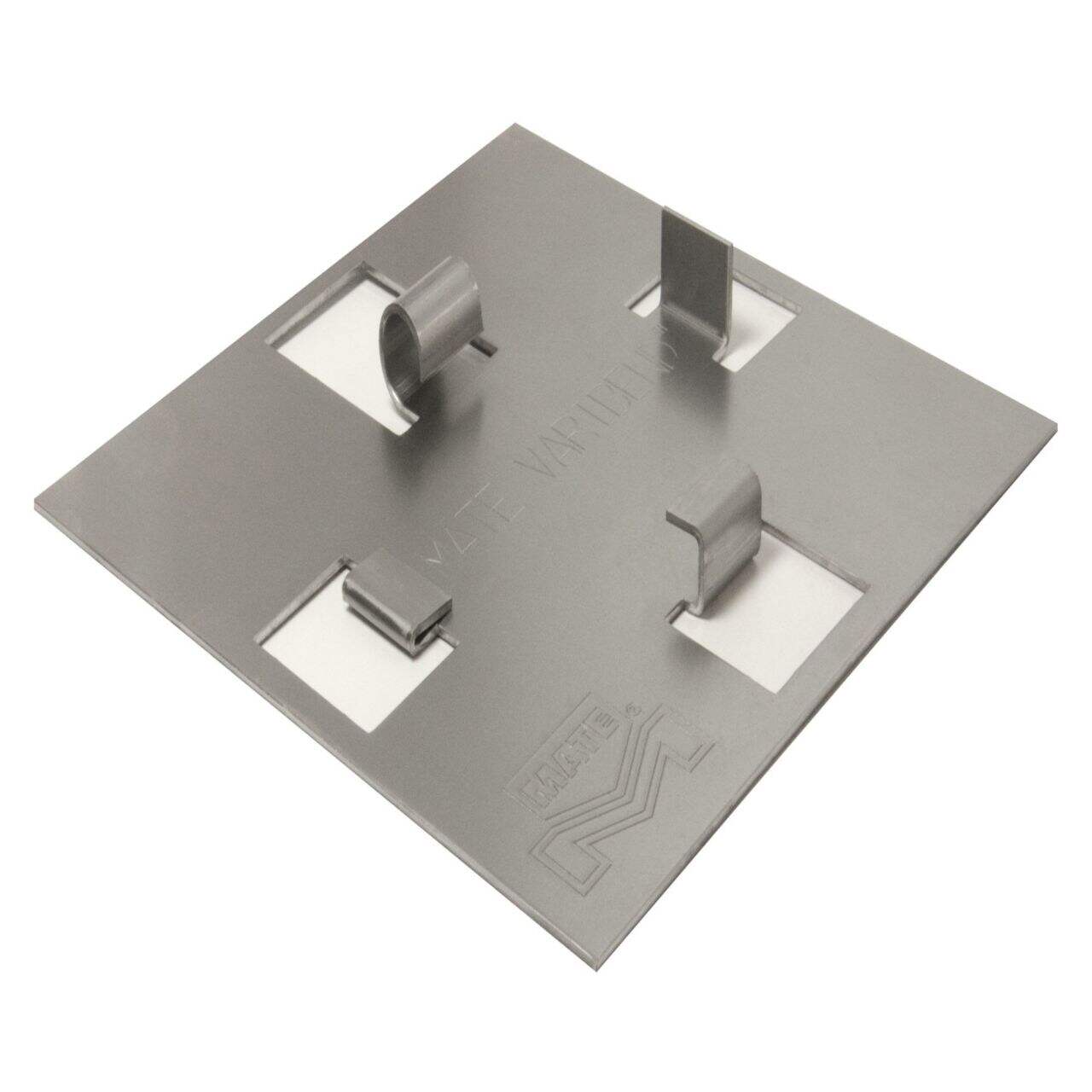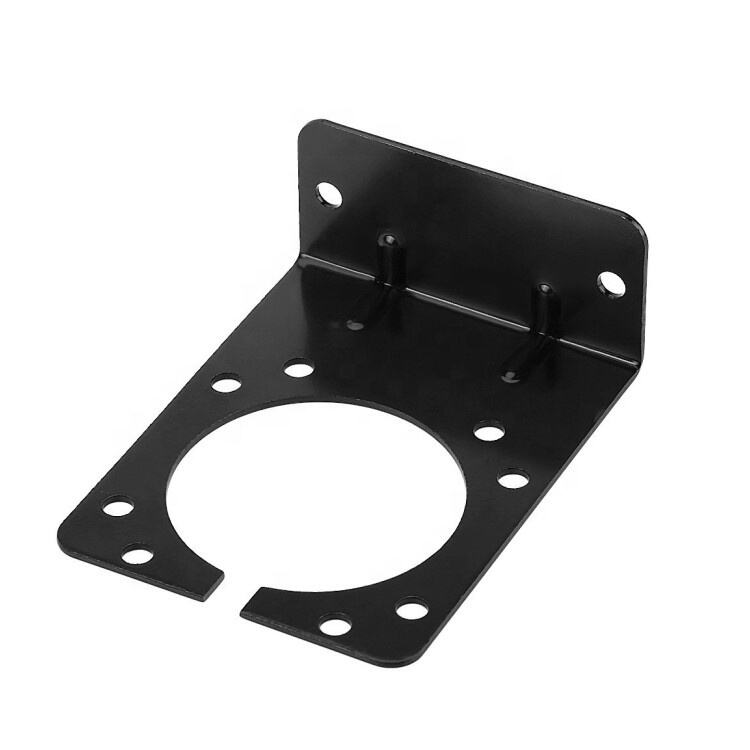Welding thin sheet metal is an important process by which two pieces of thin metal is fused together. It is a key technique in many jobs and industries, including automaking, airplane-making, and even electronics-making. But welding can be rather daunting to those that haven't done it because there are a lot of fundamental theories that need explaining. Understanding this fundamentals will help you learn faster and excel in welding.
First, let’s talk about heat. Welding requires a significant amount of heat a metal can melt and stick together. That heat is typically generated by an electric arc tool. The metal reaches a high enough temperature to melt, then cools down until the two pieces adhere to one another. You will need some necessary tools, and equipment to perform welding safely. That includes a sheet metal welding machine, an electrode, and safety equipment such as gloves and goggles. Particularly as you are doing the job, wearing safety gear is something that is extremely important to ensure protection to yourself.
A common way of welding thin sheet metals is through a technique known as TIG welding. TIG: Tungsten Inert Gas welding Instead, the tungsten electrode heats the metal, which can lead to very high temperatures, making thin sheet metal welding suitable for welding. It uses gas to shield the weld from the air, ensuring a clean and strong weld. It takes practice and skill to learn to do TIG welding but it is a very useful skill to posses.
Prior to TIG welding you must prepare the metal pieces. Preparation so critical to good weld. First, wire brush the metal to clean any dirt or rust onto the metal. If you need to form the metal into a specific shape, you may have to grind it down to fit. Then, proceed to align the two pieces you wish to weld together. For a weld to be successful it must be properly aligned.

A helpful technique to avoid warping is called ‘backstepping’. In this technique, you will switch your direction of welding, traveling from the center of the joint to the outer portion. This distributes the heat equally throughout the metal, helping to minimize the potential for bowing. Smooth and level is the name of the game for successful sheet metal welding.

Thin Sheet Metal Common issue is with contaminants or oxide becoming trapped in the weld, creating a brittle weld. Contamination is caused by dirt or rust being exposed on the surface of the metal. The key to preventing this is to ensure the metal is clean and free from impurities prior to welding. Shielding gas can also help to keep the weld clean and prevent oxidation.

One more issue you may find daunting is selecting a metal type to weld. The strength and durability of a weld can be dependent on the types of metals being joined, since different metals react differently. Some metals are easier to work with than others, and some metals may require different welding techniques. To guarantee a solid and durable weld, always dedicate the time to select the best metal for your task.
thin sheet metal welding team composed group pre-sales personnel are fluent English, engineers expertise processing product technology. bringing together technical sales personnel, are able communicate effectively customers while professionally understanding requirements. offer clients most convenient, flexible processing solutions one place. deeply understand uniqueness each project, therefore team spare effort ensure smooth completion project, thus, achieving win-win cooperation.
We known ability design new projects quickly efficiently. Grounded extensive client communication, we promptly adapt product design alterations throughout development phase, thin sheet metal welding professional advice improve drawings expedite process. We helped clients thousands products using 15 years experience custom metal processing. These new products garnered stellar market feedback giving clients advantage competition. commitment quality guarantee clients receive highest quality solutions helps navigate competitive landscape confidence.
offer open transparent service, are always thin sheet metal welding an ongoing relationship our customers. Integrity the foundation our business relationships. provide expert advice fair pricing prior making agreements. In course production, maintain constant communication our clients ensure are informed process. Furthermore, we're transparent about manufacturing process, sharing updates addressing issues quickly. We open feedback suggestions clients any point. utilizing open transparent method, have built long-term stable partnerships increasing numbers clients.
system managing orders highly efficient well-designed tool guarantees thin sheet metal welding processing every customer's order. order management system permits customers make orders quickly monitor progress real-time. insist precise execution orders. We maintain open dialogue clients throughout process manufacturing swiftly addressing design modifications upgrade requests. matter how large order handle each order a keen eye, ensuring prompt processing superior results. dedication excellence underlines commitment exceeding meeting customer expectations interactions.